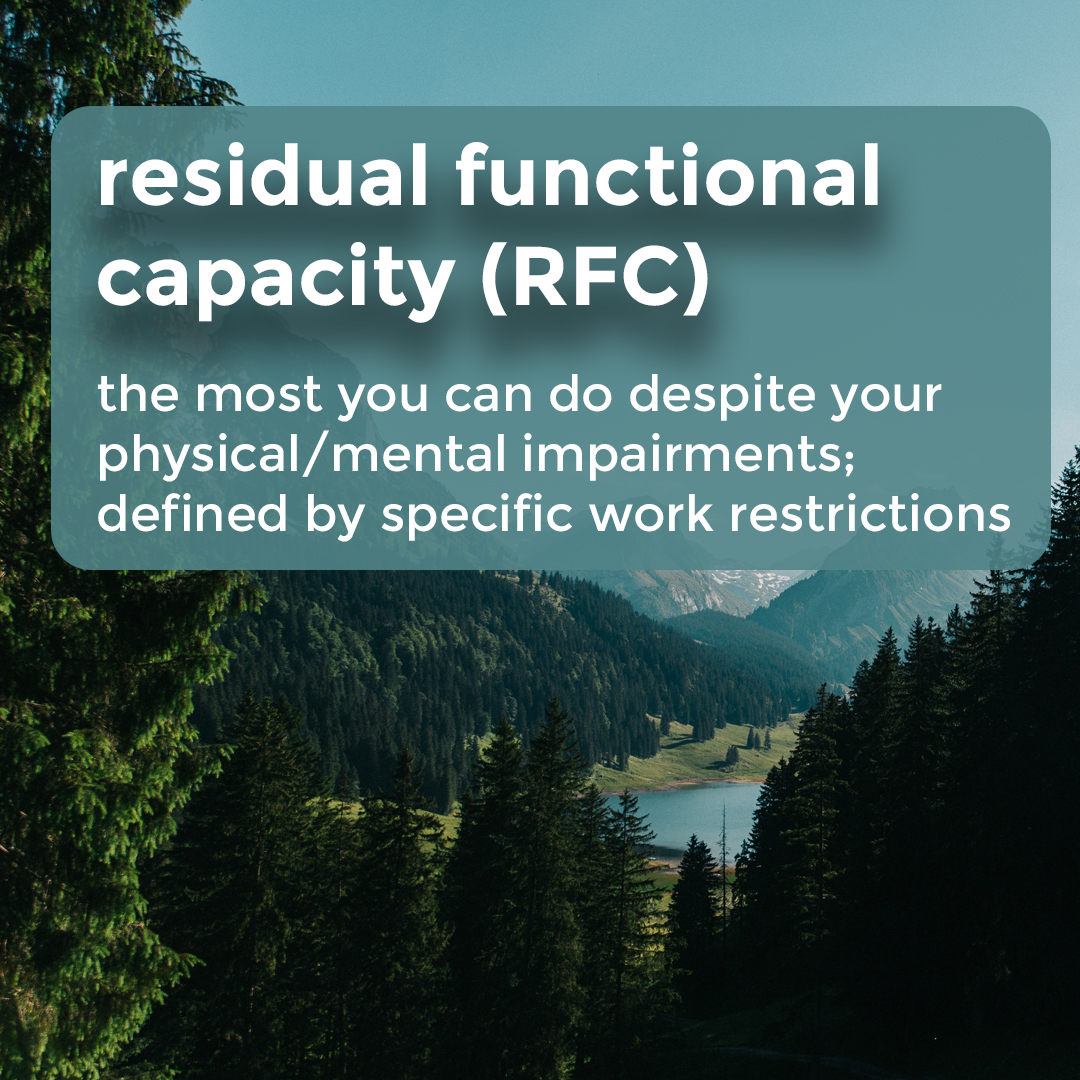What Are Residual Functional Capacity and Substantial Gainful Activity?
When you apply for Social Security disability benefits, you will probably come across acronyms like “RFC” and “SGA” in your application. These terms and the concepts they relate to help ensure that the right people are being approved for benefits from the Social Security Administration (SSA). However, they can become confusing in the midst of […]

Available 24/7
Free Case Review
You won’t pay any fees until we win your case.
It’s easy - you can:



